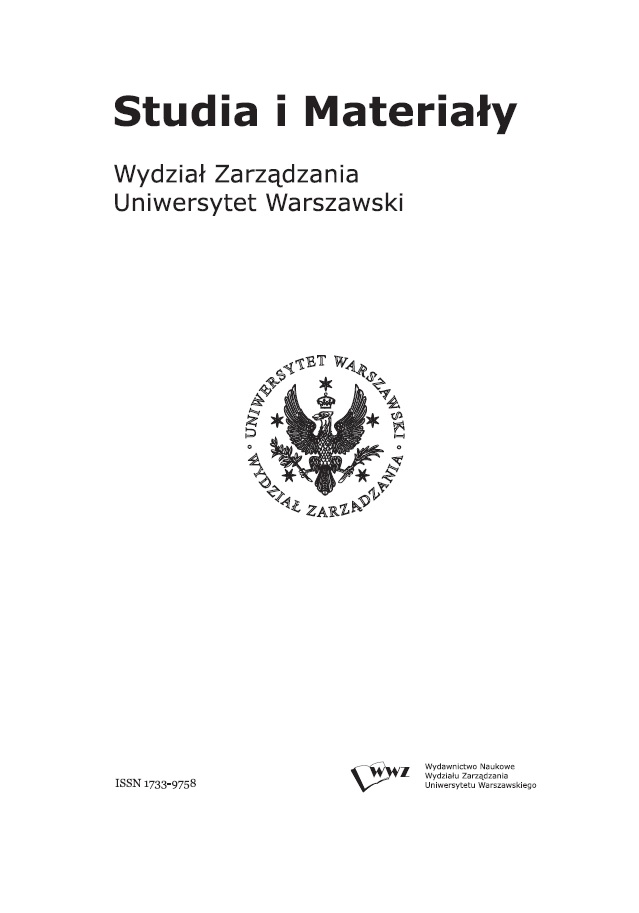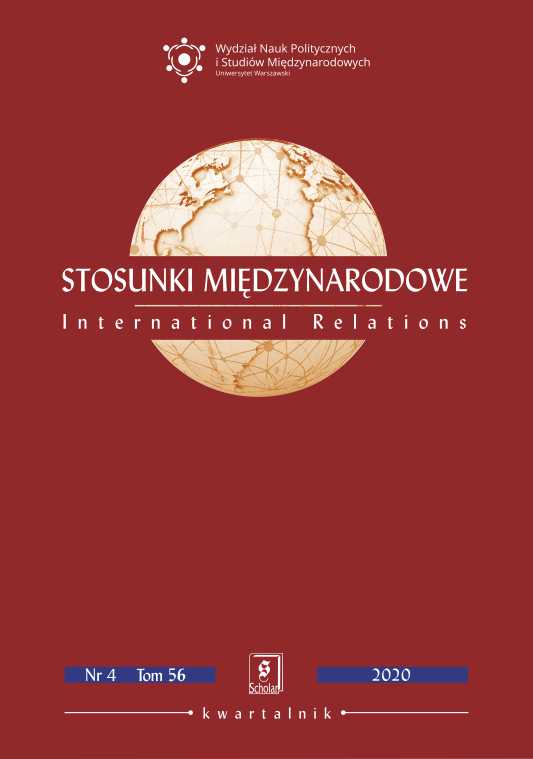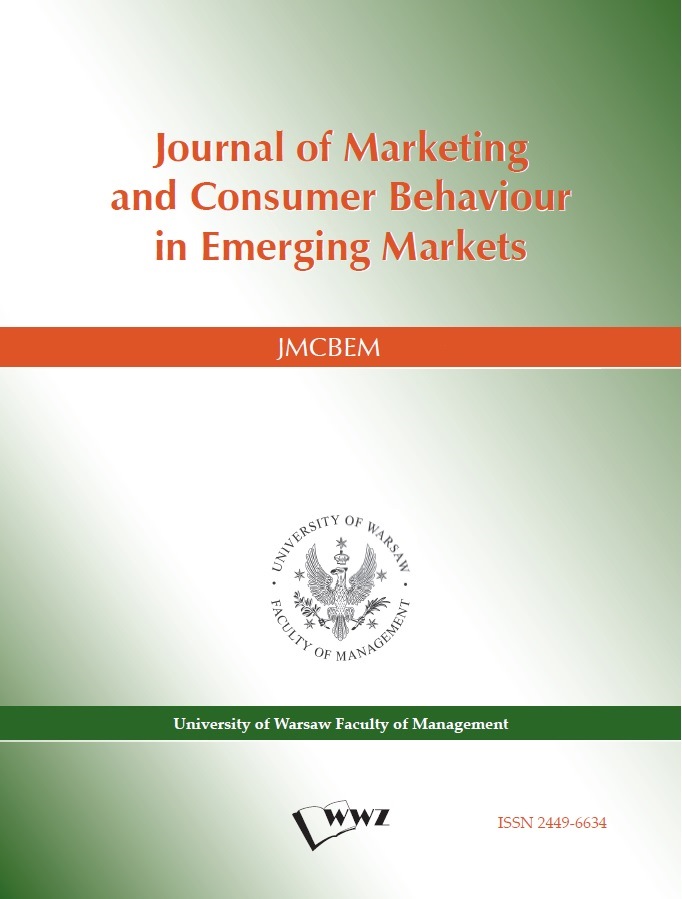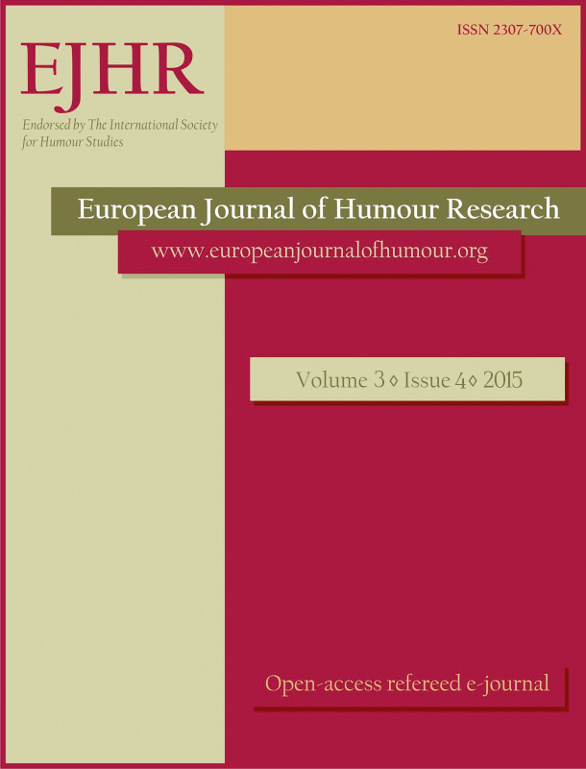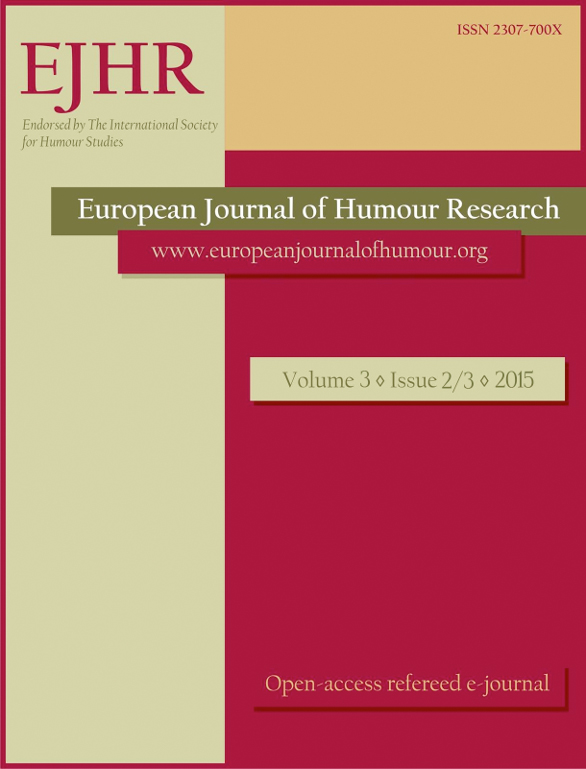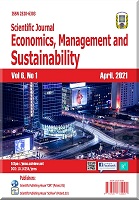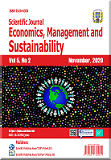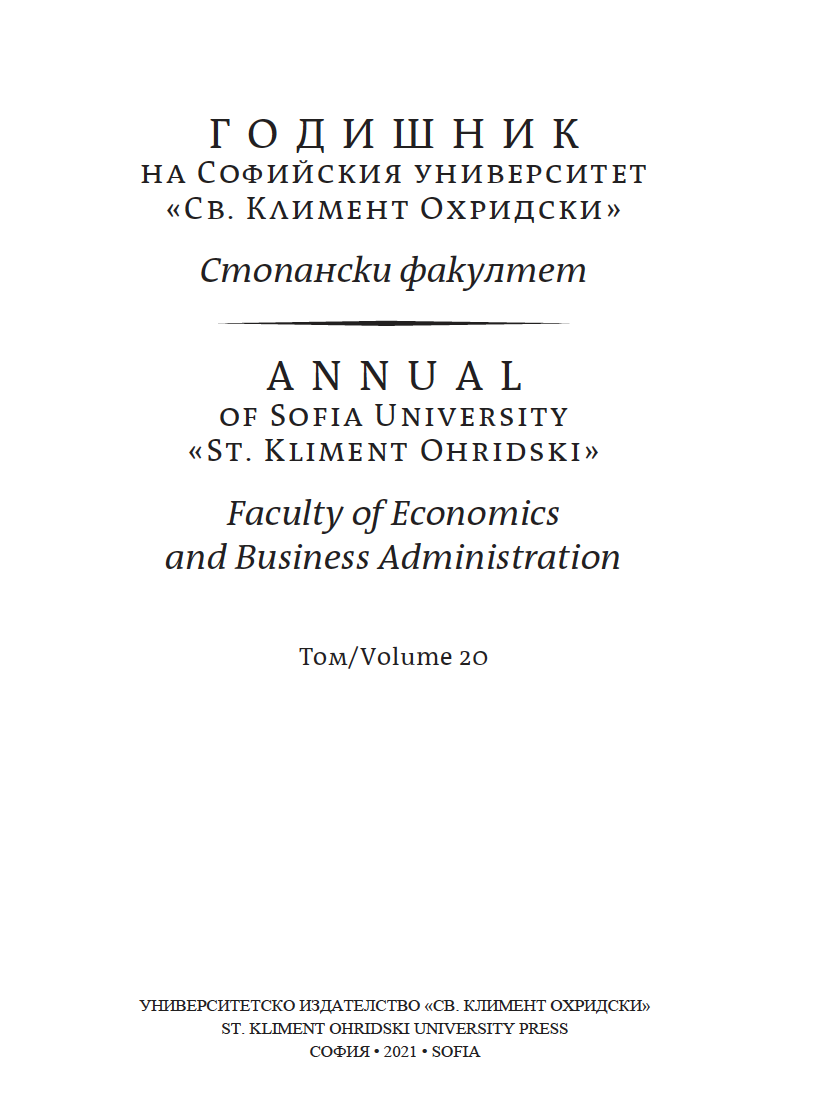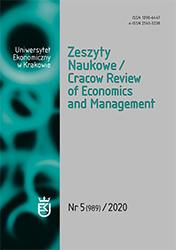
The Educational Efficiency of High Schools in Małopolskie Voivodeship – A Comparative Analysis
Efektywność edukacyjna małopolskich liceów – analiza porównawcza
Keywords: efficiency; education; production function; COLS; DEA
Objective: In the article the authors model and measure the educational efficiency of high schools in Małopolskie Voivodeship, which are treated as microeconomic production units. Research Design & Methods: Two alternative methods of assessment are presented for the proposed educational efficiency measure. In the first, based on the Cobb-Douglas production function, efficiency is modelled using a one-sided random term. The parameters of this model and the efficiency measure are estimated using the corrected ordinary least squares (COLS) method. In the second approach – Data Envelopment Analysis (DEA) – efficiency is determined using the optimal value of the objective function of an appropriate linear program. The variables used for the study and the set of data are described. Findings: The results for 34 high schools, obtained using both methods, are moderately similar, but diverge radically from the ranking based on the Educational Value Added (EVA) index used by the Central Examination Board (CEB). Implications / Recommendations: The high schools that lead the press rankings in Małopolskie Voivodeship are not the most efficient institutions in the microeconomic terms. Moreover, the most efficient high schools are located in smaller cities (not in Cracow). Contribution: A new measure of EVA, rooted in the microeconomic approach to schools as production units, is presented and empirically applied. This measure significantly differs from the EVA index used by CEB; in the authors’ opinion, it is clearer and easier to interpret; the efficiency measure based on it makes it possible to rank schools objectively.
More...

